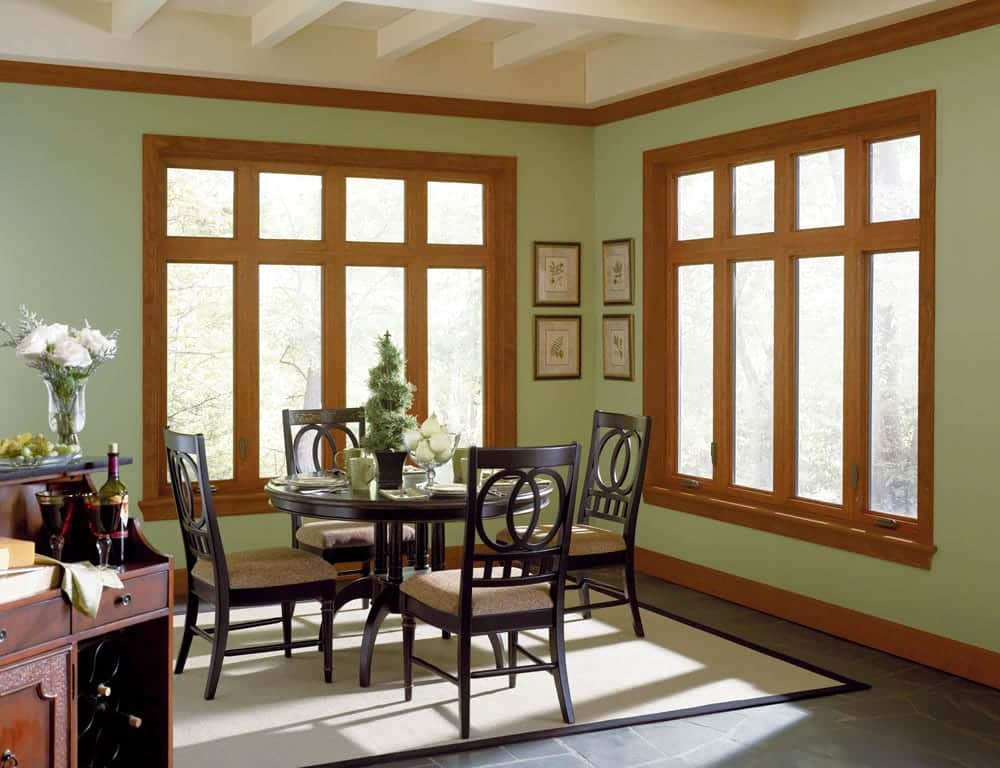Trim Styles to Match Your Existing Home

No matter which style your home is, from colonial to contemporary, the trim color you use can pull the whole look together. No matter what style or material you use, it should always complement your existing house style and color. When it comes to your interior space, you want to strive for a welcoming, aesthetically pleasing blend of wall color, trim and décor.
Neutrals
When you have clean, contemporary lines in your home, you may want to incorporate a simple interior with neutral colors. A dining room, for instance, may call for muted tones of beige complemented by a darker shade of coffee trim, resulting in a more elegant, subtle style boasting complementary colors, patterns and textures, says Houzz. If you’re going for a soothing look, try a neutral wall color paired with a cool ceiling color (such as a very pale blue) and a warm white trim color. This muted combination has a soft effect to put anyone at ease.
A Modern Touch
When you think of trim colors, black isn’t often a color that immediately comes to mind. Black trim is best utilized in a modern home or room, featuring a bold yet elegant look that’s perfect for anything from a living room to a dining room. Black trim is timeless and classy, so if you’re looking to make a grand statement, black is the new white. Another approach is to go with stark white trim around black doors and checkered black and white floors. This tends to frame a room surprisingly well thanks to the repetitive nature of the black on white.
Mix and Match
When consider any elaborate molding trims, keep in mind you’re not always limited to the style of your home. Moldings used to adorn most American homes actually blend the stylistic pairings of a couple of different styles. For instance, rosettes have long been known as a strictly Victorian feature, but they pair well with Colonial and Neoclassical trim moldings, according to Do It Yourself.
Rules of Style
That said, there are certain rules that come with trim. As a general rule of thumb, Colonial style molding is basic and no-frills due to its history in the 17th century of small American homes that dictated simple, affordable, small trim pieces. As history moved along and approach the 18th century, homes started to get bigger and more affluent, punctuated by wide, ornate Neoclassical trim. Victorian times in the 19th and early 20th centuries dictated much more elaborate accents thanks to the Industrial Revolution and the ability to mass produce moldings. Here, you’ll see popularity in elaborate carvings, rosettes and Gothic features. Thick and deep castings outline doors and windows, while wainscoting and elaborate baseboards are perfect for large, high-ceilinged rooms.
Trim styles have certainly evolved over the years. The kind you incorporate in your home will depend largely on its style and character.
















